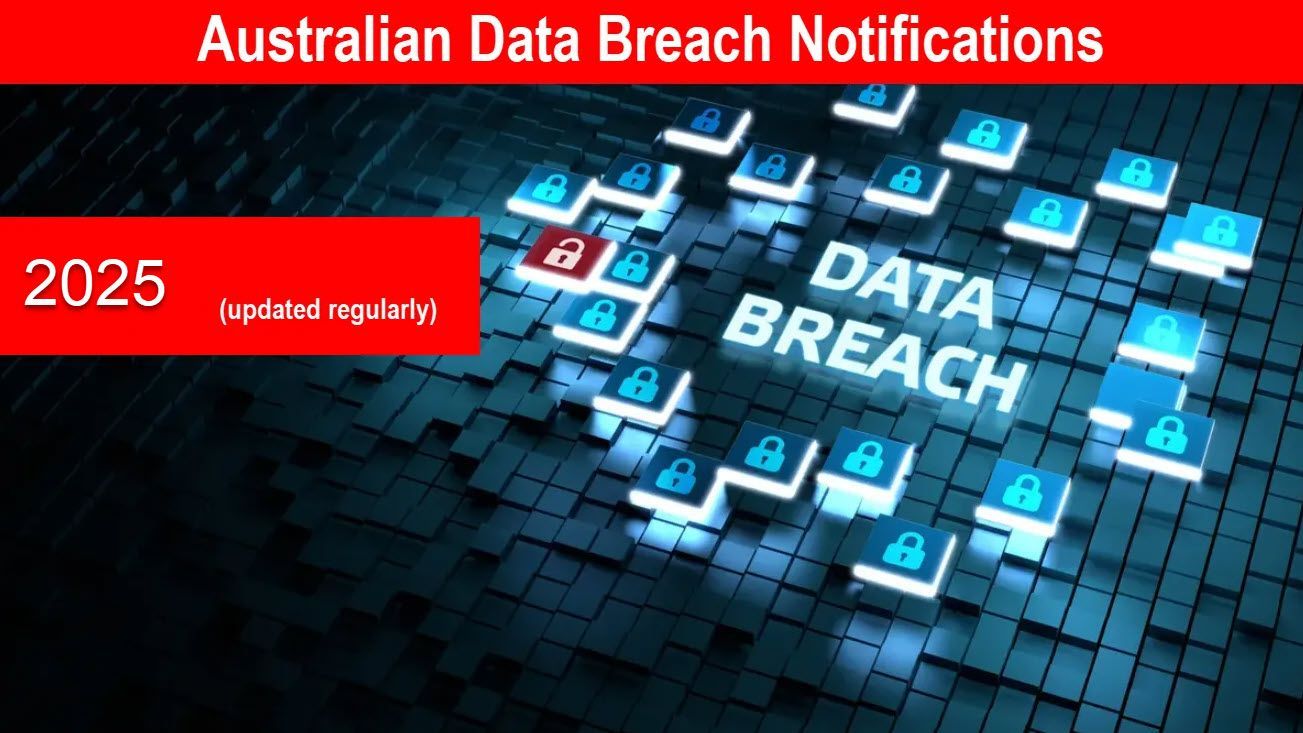How to Prevent Identity Theft of a Deceased Person?

How Do Scammers Steal a Deceased Person’s Identity?
Ghosting isn’t just a monstrous act against the deceased; it poses additional stress on their loved ones.
Scammers use different tactics to steal a person’s identity and use it for financial gain.
To commit this crime, fraudsters steal personal information from various sources:
- Death Certificates
- Obituaries
- Social Engineering
- Falsifying Applications and Documents
- Insider Collaboration
The data obtained from these sources can help fraudsters establish new accounts or lines of credit in the name of deceased individuals.
How to Protect a Deceased Family Member From Identity Theft?

Dealing with the identity theft of a decedent can be a difficult process, full of unexpected burdens. Therefore, it is better to take preventive measures that help you in managing and resolving these challenges.
These include the following:
1. Write the Obituary with Care
Obituaries and death notices are the goldmines for identity thieves.
Scammers use details from these obituaries to assemble the essential information required to steal a deceased person’s identity. Due to this reason, special care should be exercised to avoid mentioning any sensitive information.
Make sure to skip details like city of birth, birth date, full name, mother’s name, and street address which can be used to find additional information and ultimately to open new credit accounts in the decedent’s name.
2. Obtain Copies of the Death Certificate
Once your loved one has passed away, it is essential to obtain the necessary paperwork like a death certificate as early as possible.
In that regard, the first step is to acquire multiple copies of the death certificate.
I suggest you order at least twelve copies of official death certificates.
These will be required for various purposes such as informing credit reporting agencies, life insurance, pension accounts, and managing financial matters with institutions.
To apply for the certified copies of the death certificate different resources will help you regarding your state or territory.
You can check the details here.
3. Alert All Credit Card Reporting Agencies
Send certified copies of the death certificate to each of the three major credit reporting agencies:
- Equifax®
- Illion®
- Experian®
Request them to put a “Deceased Alert” on the credit report.
This alert results in the permanent freezing of the report and prevents fraudsters from using a deceased person’s identity to get credit or open new accounts.
Moreover, you should request that a living relative or executor be notified if a credit application is made.
NOTE: Even though the Social Security Administration will eventually notify the credit bureaus about the death, the process may take months to complete. Therefore, it is better to do it on time by yourself.
4. Request and Review Credit Reports

Although you have already sent the certified copies of the death certificate to the credit reporting agencies, it is wise to keep an eye on the deceased credit report from time to time.
Make sure that there is no suspicious activity happening.
If you notice any, contact the police, the credit bureaus, and the creditor immediately.
If you are a surviving spouse, you can request a copy of the deceased’s credit report from all the credit bureaus.
The report not only notifies you about the theft but also gives information about the active accounts that still need to be closed.
That is an important step and if you think you’ll forget it, you can set up reminders or opt for a credit monitoring service that sends you regular updates on your credit account.
5. Alert the Australian Taxation Office (ATO)
The process of filing income tax doesn’t change whether the person is dead or alive.
However, to prevent fraudulent filing in the name of the decedent, send a copy of the death certificate to the ATO using the address where the deceased would have typically filed their paper tax return.
In addition, you’ll need to file a final tax return for the deceased, typically covering the tax year they died in and possibly for any prior unfiled years.
The ATO provides resources and a guide to filing a tax return for a deceased person.
Also, if you are an eligible survivor you can claim the deceased’s refund with Form 1424.
6. Contact the Centrelink
Although funeral directors report the death to Centrelink as a part of their service, still it is a good idea to complete this step by yourself and provide Centrelink with a death certificate along with the date of death.
This is extremely important if the deceased person is collecting benefits.
What you need to do is use the Centrelink Self-Service line to report the death or apply for survivor benefits.
7. Alert your State Motor Transport Authority.

A driver’s licence can also be a potential tool for fraudsters, as it may be used as part of an attempt to steal the identity of the deceased.
In those states where the Registry of Births, Deaths and Marriages does not notify the Department of Transport and Main Roads of a licence holder's death, you will need to take additional steps to manually cancel the licence.
To cancel a driving licence, you must provide the following documents either in person or by mail to the Transport Department:
- A certified copy of the death certificate
- The deceased’s original driver’s licence
- A written request to cancel the deceased’s driving licence
NOTE: If you are concerned about the processing time, you can contact your local Transport Department office to inquire about it.
8. Keep All the Documents Secure
I know it’s hard to believe but in most cases, family members and close friends seem to be involved in the identity theft.
Keep an eye on who has access to all the important documents.
Be very careful if any family member or close friend starts asking a lot of questions about the decedent’s personal information.
To avoid this problem, consolidate all access to the deceased’s personal information to a single person who can share it with other family members only when necessary.
That’s all for today!
I hope that you’ve learned how to prevent the identity theft of a deceased person.
Conclusion
While we are not responsible for any fraud-related activity of the decedents (unless we are involved in it), it’s our responsibility to protect the identity of our loved ones.
For this purpose, you don’t need to make a lot of effort.
Just write the obituary with care and after getting certified copies of the death certificate, send a copy to all the relevant financial institutions, and you can significantly reduce the risk of identity theft.
Perhaps all these preventive steps look daunting, but they will give you peace of mind in the long run.
If you find this post helpful, don’t forget to share it with someone who needs it.
Kind regards.









